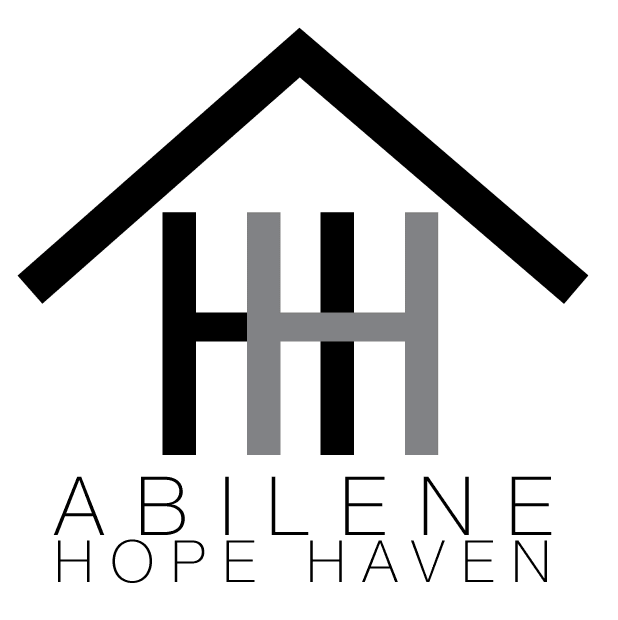Homelessness Defined
Abilene Hope Haven follows the definition of homelessness set by United States Department of Housing and Urban Development. The following living situations meet HUD’s criteria to be considered homeless.
1. Residing in a place not meant for human habitation (such as park, street, car, abandoned building). Staff should prepare written information obtained from an identified third party (signed and dated) regarding the participant’s recent whereabouts.
2. Residing in an emergency shelter. Written verification (signed and dated) is required from emergency shelter staff that the individual has been residing in the shelter.
3. Residing in transitional or supportive housing for homeless persons who originally came from streets or emergency shelter. Written verification (signed and dated) from the transitional housing facility staff is required indicating the individual has been a resident and stating the individual’s homeless status when he/she entered the transitional program.
4. Being evicted within a week from a private dwelling. Written statement (dated and signed) of income, efforts to obtain housing, and either documentation of formal eviction proceedings or a written (dated and signed) statement from family evicting participant.
5. Being discharged from a short term stay in an institution and previously resided on the street, in transitional housing, or in an emergency shelter. Written verification (signed and dated) from the discharging institution’s staff that the participant has been residing in the institution for 30 days or less; and information on the previous living situation. This will ideally be the institution’s written, signed and dated verification of the individual’s homeless status when he/she entered the institution. If this is not possible, follow documentation for human habitation, in emergency shelter, or in transitional housing, depending upon the prior living situation.
6. Being discharged from a longer stay in an institution. Documentation of the following: Income; and efforts to obtain housing; and why without the assistance, the participant would be living on the street or in an emergency shelter, and signed and dated evidence from the institution’s staff that the participant was being discharged within the week before receiving homeless assistance.
7. Fleeing domestic violence. Written, signed and dated verification from the participant that he/she is fleeing a domestic violence situation, has no support network, no resources, and no other housing options.

